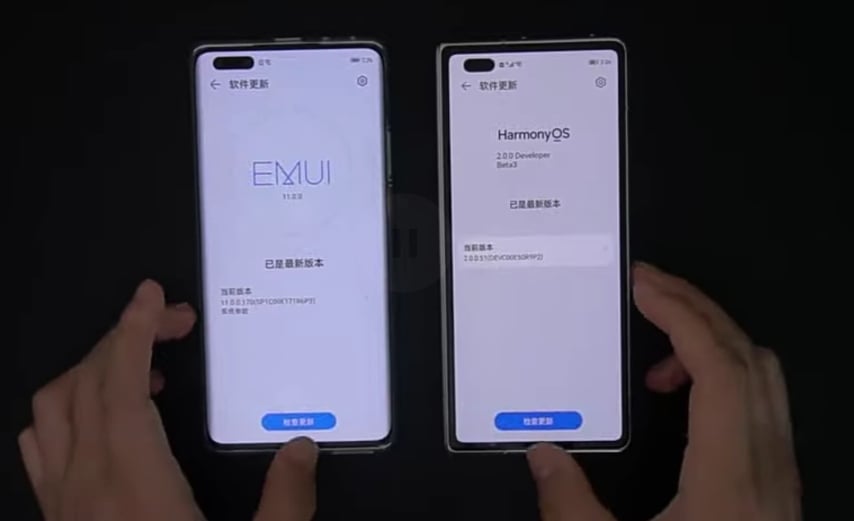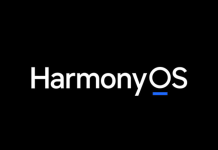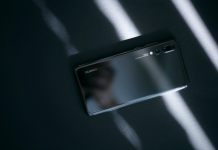Just yesterday, a video showing a Huawei Mate 40 Pro model running the firm’s self-developed HarmonyOS 2.0. The demo video details the features and functionalities of Huawei’s homegrown operating system. The development of the HarmonyOS was fast-tracked with the US blacklisting of Huawei that prevented the Chinese tech powerhouse from accessing important software and hardware components from its US suppliers.
Yet another video has appeared online showing a comparison between a phone running on HarmonyOS 2.0 and another running on the Android 11-based EMUI 11. The comparison is between the Developer Beta3 version of HarmonyOS 2.0 and the current stable firmware of EMUI 11. The video highlights the features and some performance metrics of both operating systems.
In terms of speed, the video showed that the HarmonyOS was a bit slower than EMUI 11 as per the app loading time. This may not be a definitive indicator that the EMUI 11 was faster. There could be several reasons. The speed test was also conducted in two different phone models, and it is impossible to situate the differences in their app loading times under such a scenario.
It is therefore difficult to compare the performance of the two operating systems because we do not have the stable build of the HarmonyOS and the use of separate phone models for the performance test.
Huawei plans to ultimately deploy HarmonyOS to most of its products in the coming years. It hopes to begin featuring the operating system in its new products within a few months. We, therefore, expect a stable build version very soon.
The most visible change in the HarmonyOS is a new control center, with a search engine at the top left corner, while a swipe-down gesture anywhere on the screen reveals the notifications.
RELATED:
- Huawei and ZTE excluded from 5G trials in India
- Huawei smartphones to start receiving HarmonyOS update in June: Exec
- Exclusive: Case renders show Huawei P50’s unique rear design, expected to launch in June







